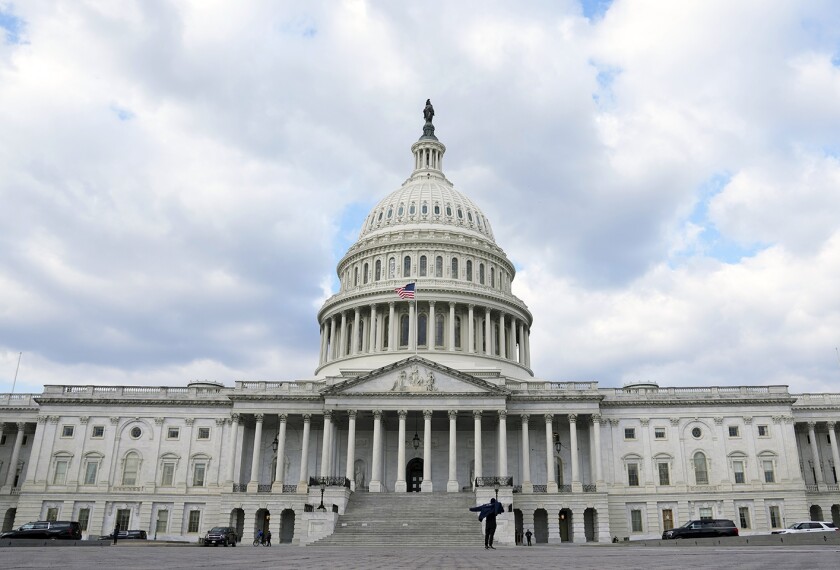With K-12 participation in online learning rapidly expanding, two reports from the Southern Education Regional Board lay out a set of standards for online teaching and offer guidelines on the costs of establishing state virtual schools.
The online-teaching report, released this month by the Atlanta-based SREB, outlines 11 standards that teachers should meet, in areas ranging from academic preparation to leadership and management.
“Standards for Quality Online Teaching” and “Cost Guidelines for State Virtual Schools” are available from the Southern Regional Education Board.
Online teachers should not only have knowledge of the subjects they teach, but also possess technical skills, excellent writing and listening skills, and the ability to handle multiple tasks simultaneously, such as discussion boards, chat tools, and online-instruction groups, the report says.
“Being an online teacher is more like being a ringmaster,” said Robert Blomeyer, a senior researcher at the Regional Education Laboratory-Midwest, based in Naperville, Ill., who worked on the report. “You want a lot of stuff going on at the same time so you have an entertaining show.”
The other report provides a fiscal blueprint for states wanting to establish virtual schools. It offers estimates that range from $1.5 million a year for a school with 1,000 course enrollments per semester to $6 million a year for one with 10,000 semester-long course enrollments.
“People don’t have a clue as to how much money [virtual schools] cost,” said William R. Thomas, the director of educational technology at the SREB, a nonprofit organization that advises state education leaders in 16 states. “This gives you a map of the things that others have experienced.”
Explosive Growth
The reports, which were underwritten by the Atlanta-based BellSouth Foundation, come at a time when online learning is “growing explosively,” said Susan Patrick, the president and chief executive officer of the National Association of Online Learning, or NACOL, a nonprofit group based in Vienna, Va.
The Southern Regional Education Board established 11 standards that online teachers are encouraged to meet. They include:
ACADEMIC PREPARATION
● The teacher meets the professional teaching standards of a state-licensing agency or has academic credentials in the subject he or she is teaching.
ONLINE TEACHING AND LEARNING
● The teacher plans, designs, and incorporates strategies to encourage active learning, interaction, participation, and collaboration.
● The teacher provides online leadership through regular feedback, prompt response, and clear expectations.
● The teacher understands and is responsive to students with special needs.
● The teacher demonstrates competencies in creating and implementing assessments in online-learning environments that assure validity and reliability of instruments and procedures.
COSTS OF STATE VIRTUAL SCHOOLS
The costs to develop, implement, and sustain a virtual school vary depending on the state and the number of students enrolled in the school’s courses. The following scenario is for a state virtual school with at least 5,000 one semester student enrollments, for a cost of $4 million.
● Academic coordination: $830,000
● Administration: $156,000
● Administrative support: $74,000
● Budget and finance: $84,000
● Evaluation: $50,000
● Facilities: $120,000
● Information-technology coordination: $205,000
● Public information: $75,000
● Student services: $56,000
● Teachers (40 full-time) $1.96 million
● Unanticipated costs: $125,000
SOURCE: Southern Regional Education Board
Twenty-five states created virtual schools over the past decade, according to NACOL. Student enrollment in distance learning has skyrocketed to 1 million in 2006 from 40,000 to 50,000 six years ago, according to figures from the Peak Group, a marketing- and technology-consulting firm based in Los Altos, Calif., and WestEd, a nonprofit education and research group based in San Francisco.
In parallel fashion, enrollment in state virtual schools in member states almost doubled between 2004-05 and 2005-06, according to the SREB.
Consequently, states need guidance on standards for online teaching, which entails skills different from those for traditional classroom teaching, said Liz Glowa, the coordinator for the Maryland Education Department’s Virtual Learning Opportunities Program, and a member of a committee that oversaw the online-teaching report.
“You can’t just take a ‘face to face’ teacher and throw him in an online class and think he’ll do fine,” she said.
The quality of online teaching varies, Ms Glowa noted, adding that the voluntary standards will help school districts and state education departments get high-quality teachers.
“I can go to a vendor and say: ‘This is what I want from an online teacher. I’m not getting that. What are you going to do to bring your teachers up to this level?’ ” she said.
‘Economies of Scale’
The report on costs offers three scenarios for state virtual schools, based on enrollment size.
The report suggests that a virtual school with 1,000 course enrollments per semester should contract with a company to provide online courses and teachers.
While a virtual school for at least 5,000, one-semester course enrollments would also likely contract with a third-party provider, that virtual school should have its own online learning-management system, the report says. It pegs the yearly start-up and implementation costs of a 5,000-slot virtual school at approximately $4 million.
In the last scenario, a state virtual school with at least 10,000, one-semester course enrollments should acquire or create its own courses to benefit from economies of scale, the report’s authors say.
Mr. Thomas said SREB’s decision to examine virtual school costs arose from inquiries the group received from states such as Georgia and Delaware. “We decided, we better get serious about this,” he said.




